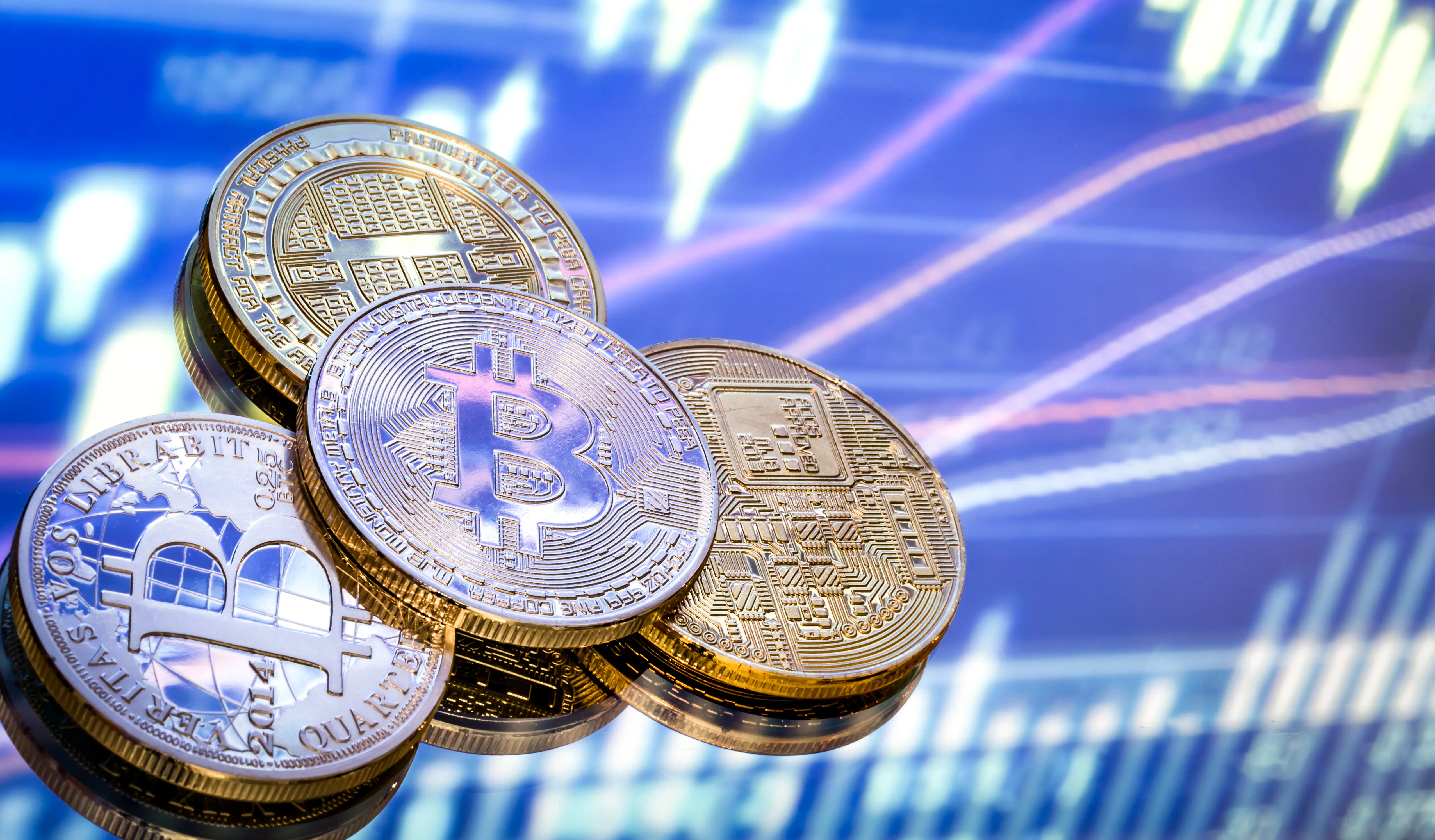USD: Tariff threat keeps the dollar heavy
Dollar gains on the back of a stronger US jobs report proved fleeting. While one can argue that the data perhaps was not as strong as the headlines suggested, the US bond market saw it as a good number and US yields are 10-12bp higher across the curve. Normally, this would be associated with a stronger dollar, but today the dollar is barely off the recent lows. Here it seems the market is bracing for some more tariff-related volatility. That can be seen in the term structure of the traded FX options market, where EUR/USD volatility remains elevated for the next three weeks before starting to edge lower for the rest of the year.
In focus is Washington's next step in its tariff war. In theory, if a country has not signed a trade deal with the US by 9 July, elevated 'Liberation Day' tariffs will revert - e.g. rising from the discounted 10% levels back to 20-30%. President Trump has suggested letters are being sent out to trading partners over the next few days telling them of their new tariff rate. Needless to say this could be a noisy period for FX markets as the White House again makes heavy threats in order to get trade deals over the line.
As a reminder, the top G10 FX performers during the worst of April's volatility were the Swiss franc, the euro and the yen - in that order. The dollar was broadly offered. And yesterday's FX price action suggests investors and corporates were more than happy to sell dollars into rallies.
We can't expect too much from FX markets today given the 4 July US public holiday. Yet the dollar looks as though it will stay soft into next week.
DXY to trade well within this week's 96.35-97.45 range today.
EUR: Strong euro is getting the ECB's attention
We are starting to hear a little more from the European Central Bank about the strength of the euro. The general view seems to be that a quick EUR/USD move through 1.20 would be a concern. For reference, the ECB's Survey of Professional Forecasters back in 2023 asked the question about what a 10% appreciation in EUR/USD would have on macro forecasts. The mean response is that it would shave 0.5% off headline CPI in the first year and knock about 0.3% off real GDP. The ECB's response to EUR/USD strength will therefore be carefully crafted remarks centred on the ECB not having an exchange rate target but being fearful that further euro strength could see inflation undershoot its target and prompt deeper rate cuts.
In our experience, central bank concern over macro-driven moves in exchange rates are slow to turn trends around. So don't expect the ECB to put a lid on EUR/USD at 1.20 should it get there.
Expect EUR/USD to trade well within yesterday's 1.1810 to 1.1720 range today. But the dollar will remain vulnerable over the weekend to news of higher tariff rates coming in again.
Elsewhere, the Swiss franc remains strong. The Swiss National Bank continues to have its hands tied - seemingly reluctant to take the policy rate negative again and also to undertake large-scale FX intervention in the middle of trade discussions with the US. More trade volatility could send USD/CHF and EUR/CHF lower next week. With the strong Swiss franc adding to Switzerland's disinflation problem, it does look like the SNB will have to try and intervene in the 0.9200/9250 area in EUR/CHF after all.
PLN: More cuts to come
Yesterday's press conference of the National Bank of Poland brought another dovish surprise. Although Governor Adam Glapinski mentioned hawkish risks for inflation during the press conference, the conclusion brought a dovish twist. Glapinski stated that this is not the beginning of a cutting cycle but did not rule out another cut in September, depending on the data. At the same time, he mentioned 3% as a terminal rate if inflation returns to the inflation target of 2.5%.
However, our economists are optimistic that inflation will be on target from July. The rate should thus be heading towards 3.5% according to our economists, but given the governor's rhetoric, the range of 3.00-3.50% can be kept in mind as the next direction for market pricing. The market thus has more room to receive rates and will likely shift market pricing to this level, especially after the July inflation.
Poland's zloty rallied during the first half of the day and at the beginning of the press conference. Although it lost some of its gains after the dovish shift in tone, it still held onto significant gains by the end of the day. However, we remain bearish, and the prospect of more cuts should keep pressure on the PLN. The rate differential still points more towards levels around 4.290 and at the same time, we can expect the market to price in even more cuts, boosting the bearish case for the PLN.
CEE: Another hawkish signal for CNB
After Poland and Turkey, the focus is now shifting to the Czech Republic. This morning, we will also see industrial production data in Hungary. However, the main market spotlight will be on June inflation in the Czech Republic and minutes from the last Czech National Bank meeting. Our economists expect a jump in inflation from 2.4% to 2.9% in line with market expectations. However, the survey shows some downside bias while we see more upside here. June should be a key print for the Czech National Bank given that it should be the highest number for the summer months.
The CNB Governor reiterated in yesterday's interview that the Board may keep rates unchanged for an extended period of time. He also confirmed at a press conference last week that it was the intention to change the wording to be more hawkish. Therefore, today's minutes should show a hawkish message as well. Overall, we expect a hawkish outcome today supporting more CZK gains, heading closer to 24.500.
Inflation in Turkey surprised to the downside slightly yesterday with the month-on-month rate falling from 1.5% to 1.4%, bringing the year-on-year rate from 35.4% to 35.1%. Core inflation was slightly higher than expected but should still be enough for the Central Bank of Turkey to start cutting rates in July by 250

























































































